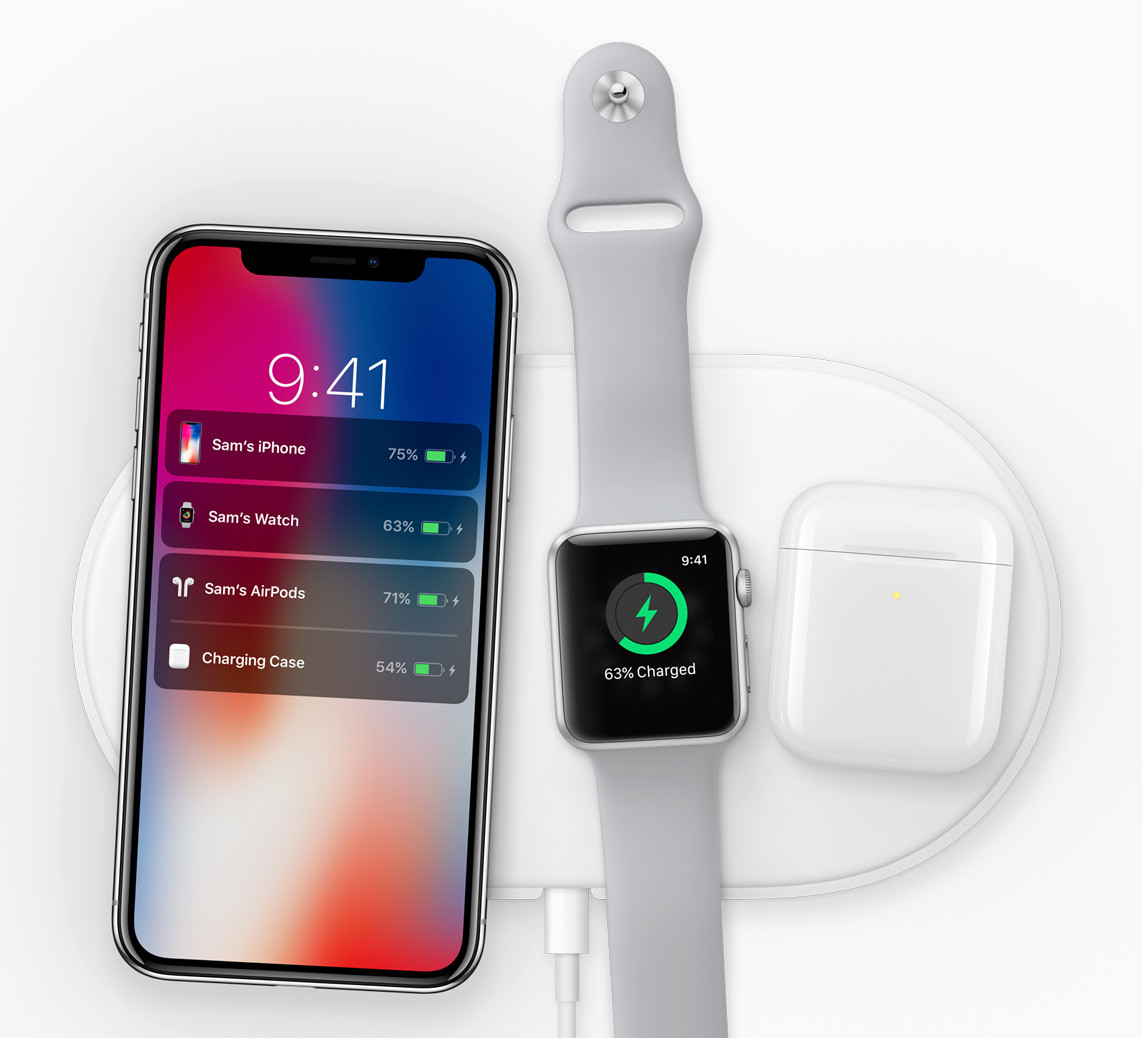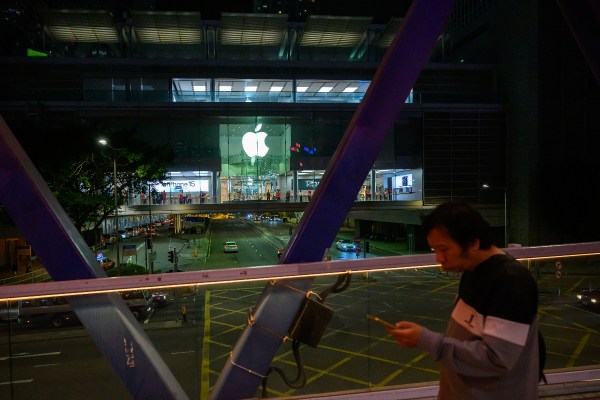Apple has scrapped plans to enter the automotive industry with its mysterious autonomous electric car, instead shifting focus to the wildly popular world of generative AI. The project saw the company hiring prominent executives from places like Tesla and Ford. Its end has led to job losses for some employees, while others have changed divisions inside the company.
The so-called Project Titan had reportedly been in the works since 2014. It could have proven stiff competition for Tesla and others, given Apple’s history of disrupting various markets. The company did it with the iPod, iPhone, Apple Watch and, most recently, with its AirPods (the jury is still out on Vision Pro).
But not every project has been a rousing success for the company. Prior to Project Titan, there have been several Apple efforts that failed to see the light of day. Here are some of the more notable examples of Apple projects that didn’t hit the market.
AirPower

Image Credits: Apple
Not every example is from the distant past. The wireless charging mat, which Apple first announced in 2017, was expected to use the Qi standard to charge up to three devices at a time. However, the company canceled the project in 2019, citing failure to achieve its “high standards.” Apple replaced the AirPower with its folding travel charger MagSafe Duo in 2020. But unlike the AirPower mat, MagSafe Duo only supports simultaneous charging of up to two devices: the iPhone and the Apple Watch or iPod.
Television
Apple’s television (not to be confused with Apple TV) is another example of a long-rumored project that failed to materialize. Analysts and investors anticipated the arrival of a full-fledged ultra-high-definition TV set from the company back in 2011. Like Project Titan, Apple never publicly disclosed its existence before it was reportedly scrapped years back.
Vademecum
Apple prototyped an early tablet more than a decade and a half prior to launching the first iPad. In 1994, some early images of the project surfaced online, suggesting it was exploring the addition of a stylus and built-in camera. However, as former Apple executive Dan Russell discussed in a 2018 blog post, the company killed the project as there was “no market for a tablet computer” at the time.
MessageSlate
The Vademecum wasn’t Apple’s only failed attempt to design a table. At roughly the same time, the company was also working on a Newton OS-based project called MessageSlate (codenamed Senior). A trademark application for the device appeared in 1993. However, Apple scrapped it and delivered MessagePad, a smaller version of the MessageSlate prototype, later in the year.
W.A.L.T.
Well before the iPhone, Apple tested a “telephone Mac” codenamed W.A.L.T. It appeared to have a touchscreen panel with stylus support and included features such as fax and caller ID. Some early units of W.A.L.T. even surfaced on eBay for auction. However, Apple never discussed the device publicly.
PenLite
In 1992, Apple was developing another tablet. PenLite appeared to be based on System 7.1 — the first version of Apple’s Macintosh operating system designed for PowerPC-based computers. Reports suggested that it would have a stylus and a 25MHz Motorola processor. Unlike the Vademecum, the PenLite was reportedly in development with no camera. Apple ultimately scrapped that project, too. Much like the later device, the company determined that the market simply wasn’t ready.
